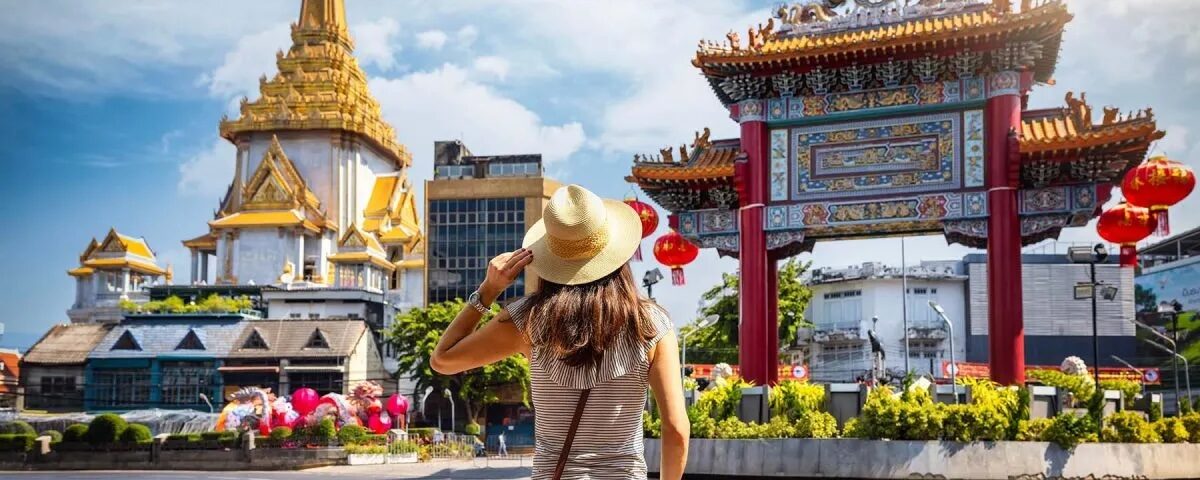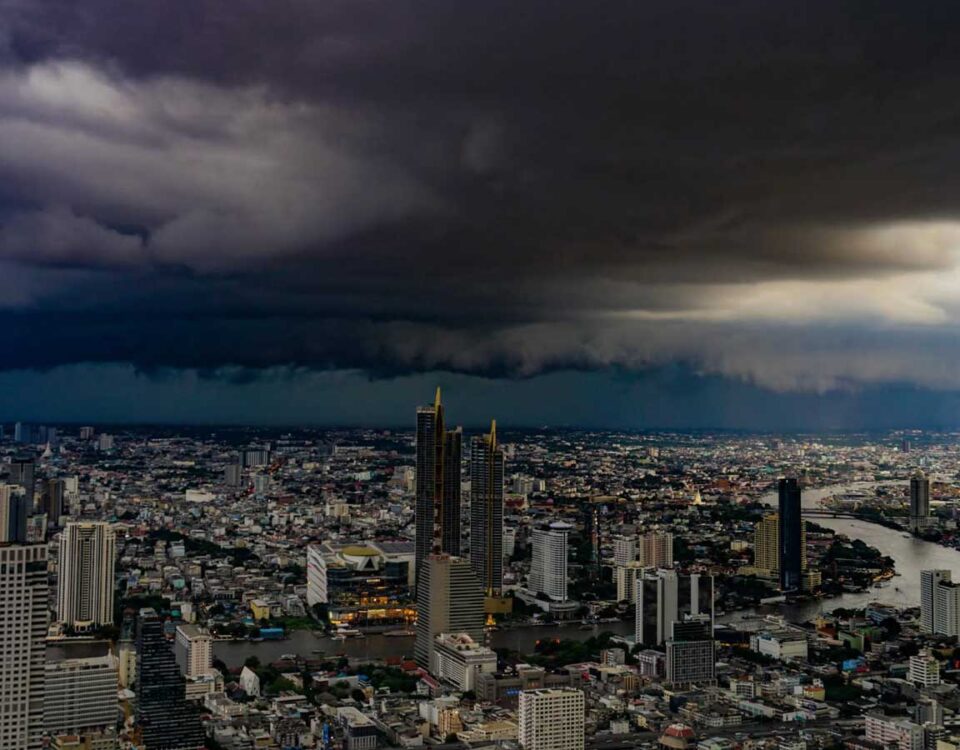
How to Fill Out Your TDAC Form Correctly — Step-by-Step Guide for Travelers
13/05/2025
Weather in Thailand in September: What to Expect?
24/08/2025Introduction
Thailand and Cambodia, renowned for their vibrant cultures, stunning landscapes, and warm hospitality, welcomed over 35 million and 6.7 million tourists respectively in 2024. Recent tensions along the Thailand-Cambodia border raised concerns, but a ceasefire agreement, effective from midnight on July 28, 2025, has restored hope for stability. This article, crafted for travelers, provides essential information on the current situation, confirms the safety of popular tourist destinations, outlines travel advisories, and offers practical tips to ensure a safe and enjoyable visit. Thailand and Cambodia remain welcoming destinations, and with the right precautions, tourists can explore with confidence.
Ceasefire Brings Renewed Stability
On July 28, 2025, Thailand and Cambodia signed a ceasefire agreement in Kuala Lumpur, Malaysia, halting border hostilities. This diplomatic breakthrough, facilitated by Malaysian Prime Minister Anwar Ibrahim, reflects both nations’ commitment to peace. The ceasefire, effective as of midnight, paves the way for calm, allowing travelers to focus on enjoying the rich experiences Thailand and Cambodia offer. While the situation is stabilizing, visitors should stay informed through updates from local authorities and embassies to ensure a smooth trip.
Only Border Areas Affected
The recent tensions are confined to specific border regions, including Thailand’s Buriram, Si Saket, Sa Kaeo, Surin, Ubon Ratchathani, Chanthaburi, and Trat provinces, and Cambodia’s Oddar Meanchey, Preah Vihear, Pursat, and Banteay Meanchey provinces, all within 50 kilometers of the border. These areas have experienced disruptions, such as closed land border crossings and temporary closures of attractions like Phnom Rung Historical Park in Thailand and the Preah Vihear Temple in Cambodia. Rail services in Sa Kaeo and some flights between Bangkok and Phnom Penh have also been affected. However, these impacts are limited to the border, leaving major tourist hubs untouched and fully operational.
Popular Tourist Destinations Are Safe
Travelers can rest assured that Thailand’s most popular destinations—Bangkok, Chiang Mai, Phuket, Krabi, and Koh Samui—are far from the border and unaffected by the tensions. Bangkok, located 260 kilometers from the conflict zone, continues to dazzle with its Grand Palace, vibrant street markets, and bustling nightlife. Chiang Mai, nestled in the northern mountains, offers serene temples and cultural festivals, while Phuket, Krabi, and Koh Samui provide pristine beaches and world-class resorts. Enhanced security measures, such as those at Phuket International Airport, ensure visitor safety.
In Cambodia, key destinations like Siem Reap, home to the iconic Angkor Wat, Phnom Penh, with its rich history, and coastal Sihanoukville remain safe and welcoming. The Tourism Authority of Thailand (TAT) and Cambodian tourism officials confirm that hotels, restaurants, airports, and tour services in these areas are operating normally. The ceasefire further strengthens confidence, ensuring that your travel plans to these vibrant regions can proceed without concern.
Current Travel Advisories
To prioritize safety, international governments have issued advisories focusing on the border regions:
- United States: The U.S. Embassy advises a Level 4 (Do Not Travel) warning for areas within 50 kilometers of the Thailand-Cambodia border. Travelers are encouraged to enroll in the Smart Traveler Enrollment Program (STEP) for updates.
- United Kingdom: The FCDO recommends avoiding all but essential travel within 50 kilometers of the border, including sites like Preah Vihear Temple.
- Australia: Smartraveller’s “Do Not Travel” advisory applies to the border areas, urging adherence to local guidance.
- Canada: Canada warns against all travel to the border and non-essential travel to affected Thai provinces.
- Japan: A Level 3 warning advises avoiding the border regions.
These advisories do not affect major tourist destinations, which remain safe for visitors. By avoiding the specified border zones, travelers can enjoy their trips with peace of mind.
Practical Tips for a Safe Visit
To ensure a seamless and safe travel experience in Thailand and Cambodia, consider these tips:
- Stay Updated: Regularly check travel advisories from your government, the TAT, and embassies for the latest information.
- Avoid Border Areas: Steer clear of the 50-kilometer zone along the Thailand-Cambodia border, including attractions like Phnom Rung and Preah Vihear Temple.
- Opt for Air Travel: With land border crossings closed, use flights to move between Thailand and Cambodia, and confirm schedules for any changes.
- Register for Alerts: Enroll in programs like STEP (U.S.) or similar services for real-time emergency notifications.
- Follow Local Guidelines: Respect any local regulations, such as martial law measures in Thai border districts, to ensure safety.
- Monitor Ceasefire Progress: Stay informed about developments to confirm ongoing stability.
Conclusion
The ceasefire agreement effective July 28, 2025, has brought renewed optimism for peace along the Thailand-Cambodia border, ensuring that the recent tensions remain confined to specific border regions. Thailand’s major tourist hubs—Bangkok, Chiang Mai, Phuket, Krabi, and Koh Samui—and Cambodia’s key destinations like Siem Reap, Phnom Penh, and Sihanoukville are unaffected and continue to welcome visitors with open arms. By following travel advisories and avoiding border areas, tourists can safely explore the cultural treasures, stunning beaches, and vibrant cities of these two remarkable countries. Plan your trip with confidence, and let Thailand and Cambodia’s hospitality create unforgettable memories.




